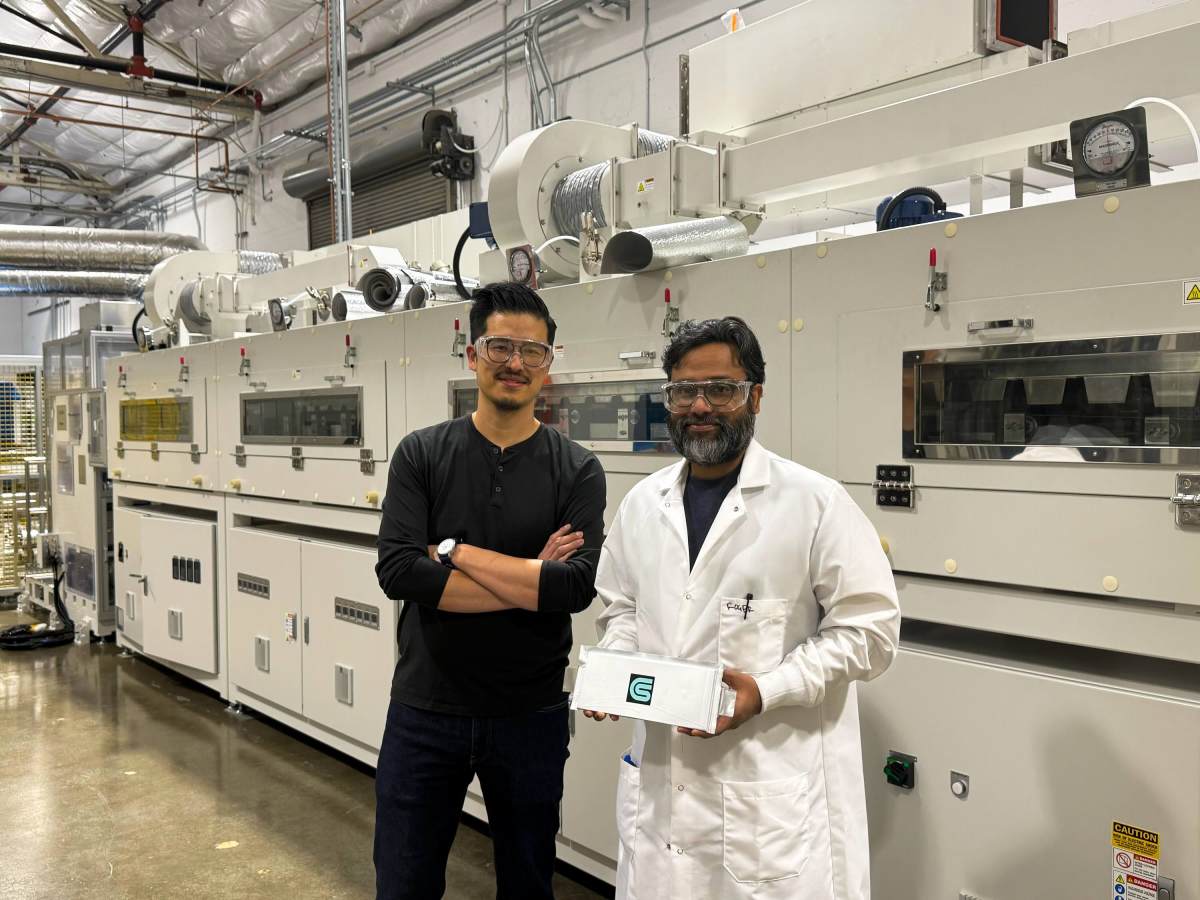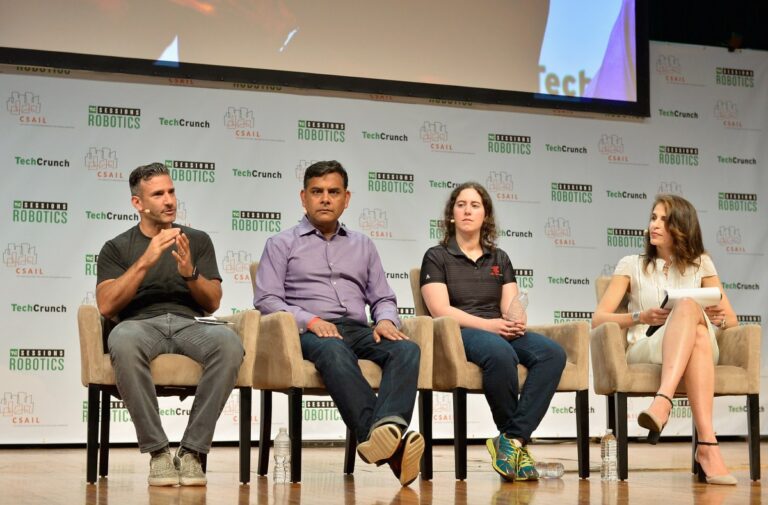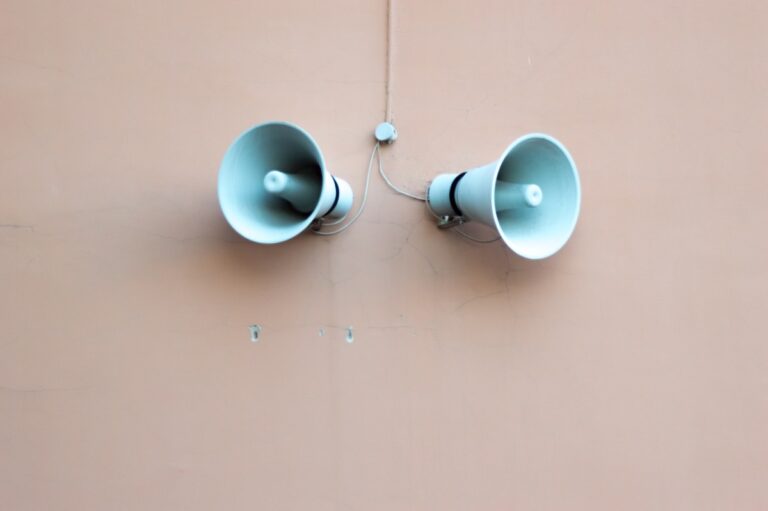Coreshell’s Bold Strategy to Cut Prices on American-Made Batteries
The transition to electric vehicles (EVs) is a significant narrative dominated by China’s influence. In this rapidly evolving market, subsidies have not only boosted automakers but have also invigorated the entire battery supply chain. With decades of industrial policies aimed at controlling critical mineral supply chains, American and European automakers are facing stiff competition.
The Dominance of Chinese Graphite in EV Batteries
Graphite is a crucial component in every lithium-ion battery, as it is used to form the anode. According to Benchmark Mineral Intelligence, Chinese companies produce a staggering 99% of all graphite anode materials. This dominance presents a challenge for U.S. manufacturers.
Challenges for U.S. Automakers
Jonathan Tan, co-founder and CEO of Coreshell, stated, “If you try to make graphite here in the United States, it’s always going to be more expensive than Chinese graphite.” To remain competitive in the U.S. and Europe, automakers need either a technical edge or unique material differentiation.
Coreshell’s Innovative Approach
Coreshell is tackling this challenge head-on by replacing traditional graphite with specially coated silicon. The company recently secured $24 million in a Series A2 funding round, aimed at getting their innovative materials to more automakers. This funding round was led by Ferroglobe, Coreshell’s silicon supplier, along with contributions from various venture capital firms.
Silicon Anodes: A Game Changer for EVs
Silicon anodes have been considered a potential replacement for graphite for years. They can hold approximately 10 times more electrons than their graphite counterparts, resulting in less material usage per cell. However, silicon’s brittleness has hindered its widespread adoption in batteries.
Startups like Sila and Group14 are currently working on solutions to produce durable silicon anode materials, but the high production costs have limited their use to luxury automakers such as Mercedes and Porsche.
Cost-Effective Solutions with Coreshell
Coreshell claims it can utilize metallurgical-grade silicon, which can be sourced entirely from U.S. operations. By coating small beads of silicon with a proprietary material, they have developed a method to stabilize the silicon, ensuring it withstands over 1,000 charge-discharge cycles, a standard expectation for EV batteries.
Production and Future Plans
The startup has already produced its first 60 amp-hour sample batteries for automakers and has established a four megawatt-hour production line to meet demand for testing. Coreshell aims to finalize agreements with major automakers within the next year.
Performance and Cost Benefits
By using metallurgical-grade silicon, Coreshell asserts it can outpace Chinese graphite not only in terms of cost but also in performance. The company claims that by pairing its silicon anode with a lithium-iron-phosphate (LFP) cathode, they can deliver comparable performance at a lower cost than higher-performance cells that use graphite anodes and nickel-manganese-cobalt (NMC) cathodes. Additionally, automakers seeking enhanced performance can opt for Coreshell’s silicon anode paired with an NMC cathode.
Targeting the Mass Market
Tan noted, “Most Americans are never going to realize the benefits of a 500-mile car. That’s great for the luxury end, but the mass market needs a 300-mile car that’s just way cheaper than what it is right now.” Coreshell aims to provide a solution that allows automakers to sell EVs profitably at competitive prices.
In conclusion, the ability to offer a superior alternative to Chinese graphite is essential for automakers in the EV market. Tan emphasizes the need for “some inherent technical advantage” to stay competitive in a market flooded with inexpensive Chinese products.
For more insights on the future of electric vehicles and battery technology, check out our articles on Electric Vehicles and Battery Technology.







